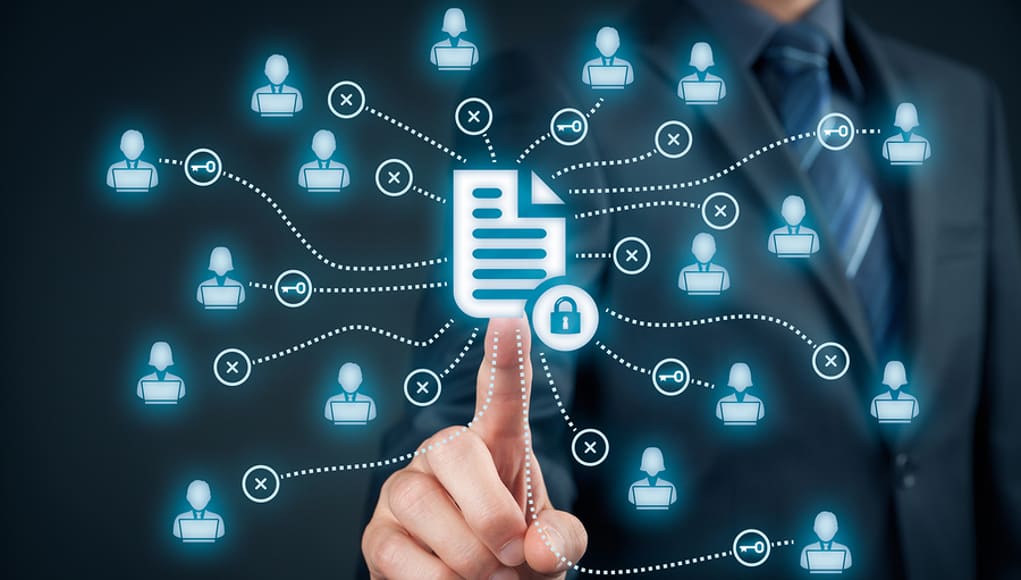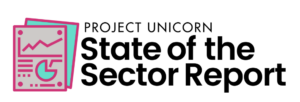Data Interoperability in K-12: Where is the Magic?

By Mike Baur
This is a blog series about interoperability: the seamless, secure and controlled exchange of data between applications. In this series, we will highlight the ways that data interoperability is laying the foundation for innovation and helping enable great classroom instruction. We will also hear from partners who are implementing solutions to overcome the lack of data interoperability today in the K-12 sector.
The growing connectivity of our world is staggering. Experts are now saying that with the surge of the Internet of Things (IoT), 16 billion connected devices will balloon to 75 billion by 2025 and global investment in the IoT market will increase nearly 500 percent! Machines are now talking to other machines, capturing real-time analytics and serving actionable data to organizations whose business models rely upon maximizing efficiencies for the sake of superior user experiences. Big Data firms are touting that more data has been created in the past two years than all human history combined, and these patterns will only speed up over time. As IoT is now leading the way for innovation of smart homes, self-driving vehicles and wearable medical devices, many look forward with hesitant excitement toward a future of interconnectedness that resembles… well, “magic”. However, when we look at the American education system, I can’t help but ask: where is this interconnected magic among educational data systems?
In our first blog in this series, Jami O’Toole defined data interoperability as “the seamless, secure, and controlled exchange of data between applications”. It is this precise, standards-aligned exchange of data that enables the “magical” interconnectedness of data systems we seek in education. It’s not rocket science, but it is computer science. If educators need information about their students’ performance to provide high-quality classroom instruction, then they should have it. And it should be easy for them to gather, organize and analyze that information.
Bringing the magic to education
So, how do we do this? In laying the groundwork for effective data interoperability across educational applications and systems, there are specific market conditions which must be addressed. We look at it this way. The K-12 sector needs:
1. Openly available data standards. Data standards in K-12 education exist today, but the level of awareness and adoption of these standards varies greatly. For these standards to enable data interoperability at scale, they must be widely and authentically adopted in the real-world. They can’t just be standards on paper.
The Ed-Fi data standard was created to do just that: Operationalize data exchange across disparate educational data systems. If implemented effectively, a data standard enables the magic of systems communication, data integrity, and synchronization between applications without the user being aware of the nuanced complexity of data exchange that occurred in the behind-the-scenes transaction.
2. State/district demand of data standards. One of the most fascinating realizations I’ve had in the K-12 sector is that districts and states have not prioritized data interoperability among the vendors with which they do business. In fact, surprisingly, it’s almost the reverse scenario! I’ve witnessed district and charter schools, as well as state education agencies, sign contracts which limit their own ability to access their data and provide aggregate data views and reports to their end users.
Fortunately, the tide seems to be turning, and we’re seeing an increasing number of districts and states now demanding securely accessible pathways to their vendors’ data systems. They are requiring that vendors use open standards like the Ed-Fi data standard so that they can get the data they need, when they need it.
3. Privacy and security of educational data. At the Michael & Susan Dell Foundation, we believe that every piece of personally identifiable student data–or PII–must be protected. Between 2013 and 2016, 410 bills were introduced in 49 states and the District of Columbia, resulting in 36 states passing 74 student data privacy bills into law. At the federal level, several student data privacy bills have been introduced, including a proposed update to the 40-year-old Family Educational Rights and Privacy Act (FERPA), a Federal law that protects the privacy of student education records.
That said, the need for secure data interoperability that adheres to these privacy regulations is not just aspirational among public sector or not-for-profit players. Even the big publishers (i.e. McGraw-Hill) recognize the need for secure data interoperability at scale. Said another way, the premise of secure data interoperability is fundamentally built upon widely approved, adopted, and understood data privacy and security principles. Data Quality Campaign, COSN and Common Sense Media have all contributed enormous research in the definition of these principles and processes. Collectively, we must ensure students are reaping the benefits of data interoperability in a secure way that doesn’t compromise their privacy.
Possibilities…
Think about it. What could students achieve if the technology and applications in their classrooms were connected and working together for their ultimate benefit? Or, what could teachers achieve in the time-savings provided by well-connected data systems delivering accurate, actionable, real-time performance information about their students’ learning progression? Or, imagine this: What if the Internet of Things were to be introduced in the American education sector? The possibilities are intriguing, and they are why we at the Michael & Susan Dell Foundation invest in data interoperability… or… magic.
For more, view the first post in this series:
Mike Baur is a Program Officer for US Education at the Michael & Susan Dell Foundation. You can find Mike on Twitter at @mbaur.
This post originally ran on the Michael & Susan Dell Foundation blog.
Stay in-the-know with all things EdTech and innovations in learning by signing up to receive the weekly Smart Update. This post includes mentions of a Getting Smart partner. For a full list of partners, affiliate organizations and all other disclosures, please see our Partner page.







0 Comments
Leave a Comment
Your email address will not be published. All fields are required.